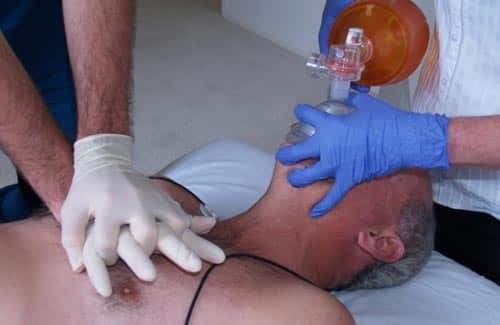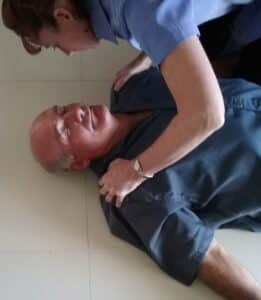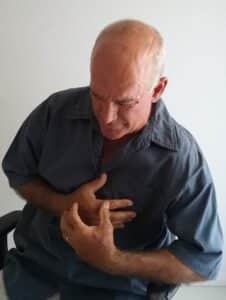Objectives
Recognising Clinical Deterioration
 Often in the clinical setting prior to a serious adverse event (e.g. cardiac arrest), patients demonstrate deterioration in the form of observable clinical signs that fall outside the normal range. The ability to identify deterioration early may improve outcomes and lessen the intervention required to stabilize patients who experience clinical deterioration.
Often in the clinical setting prior to a serious adverse event (e.g. cardiac arrest), patients demonstrate deterioration in the form of observable clinical signs that fall outside the normal range. The ability to identify deterioration early may improve outcomes and lessen the intervention required to stabilize patients who experience clinical deterioration.
In Australia, The National Safety and Quality Health Service Standards include Standard 8 – Recognising and Responding to Acute Deterioration. This standard outlines factors that may contribute to staff not identifying early signs of deterioration, which include:
Australian Commission on Safety and Quality in Health Care, 2024
Standard 8 – Recognising and Responding to Acute Deterioration
Standard 8 details four key criteria to ensure a patient’s deterioration is detected and recognized, with ensuring prompt and appropriate action taken to escalate care, these criteria are:




